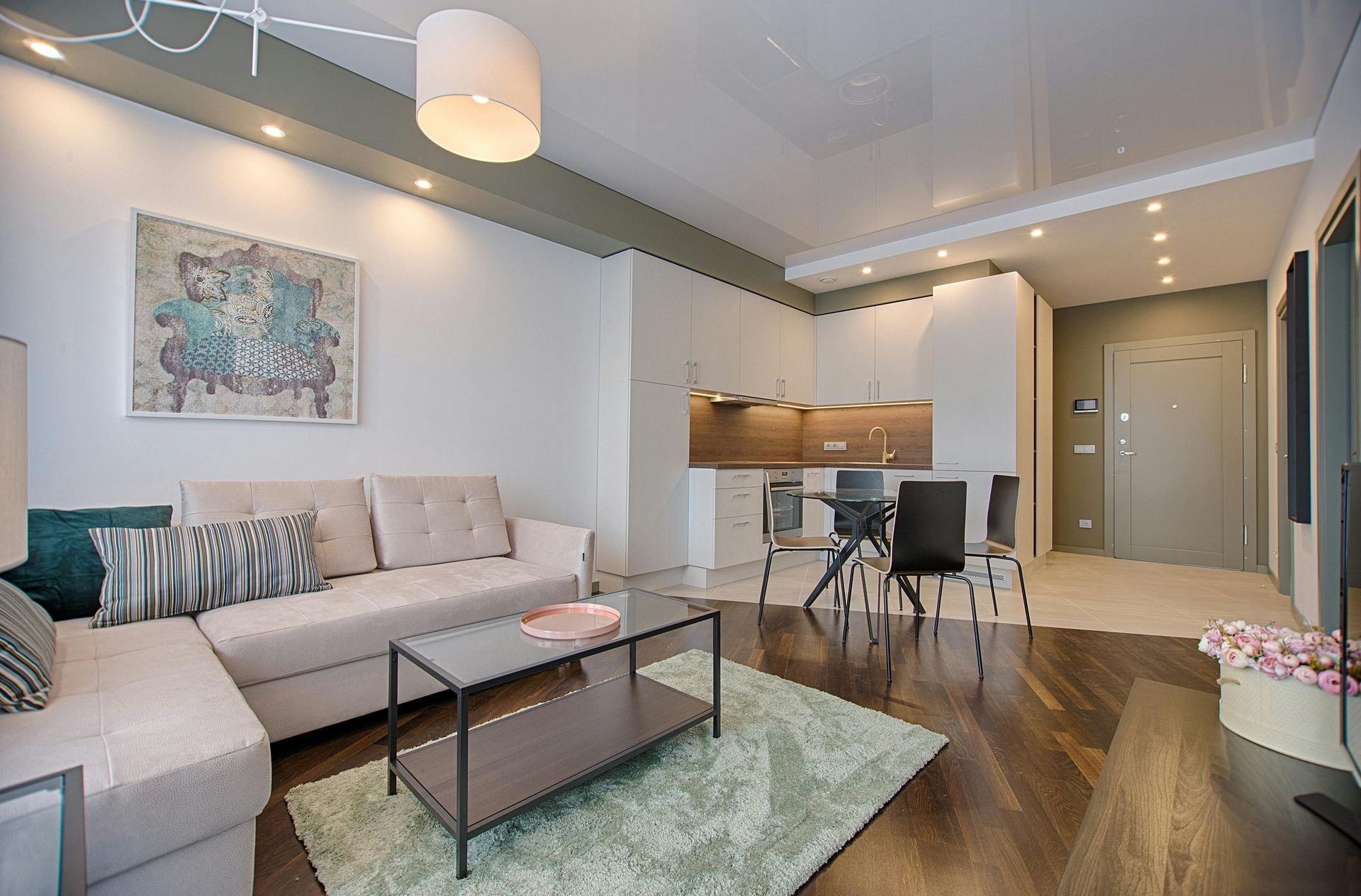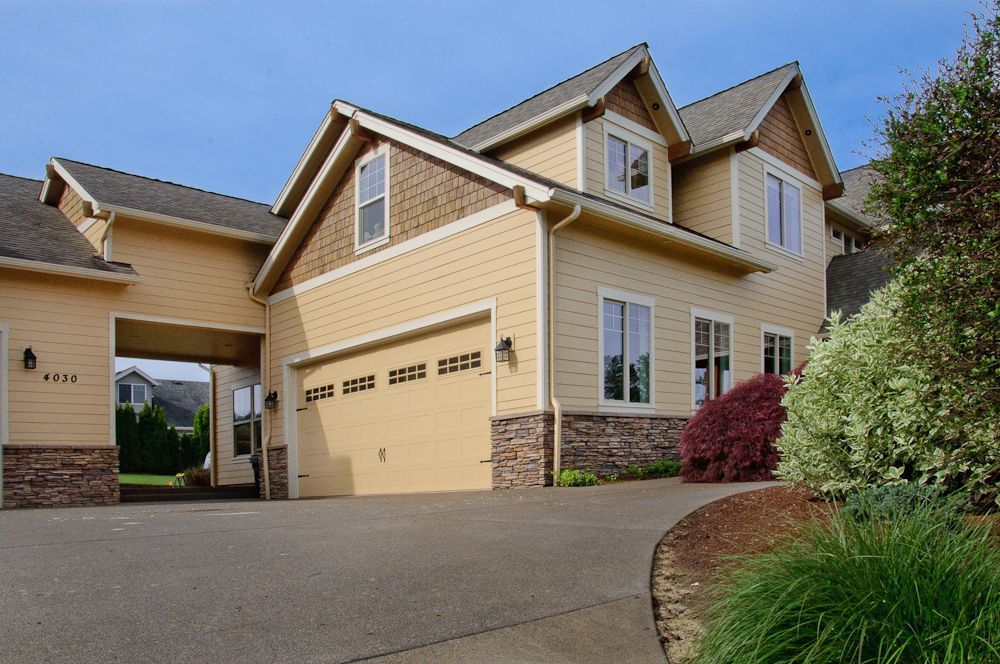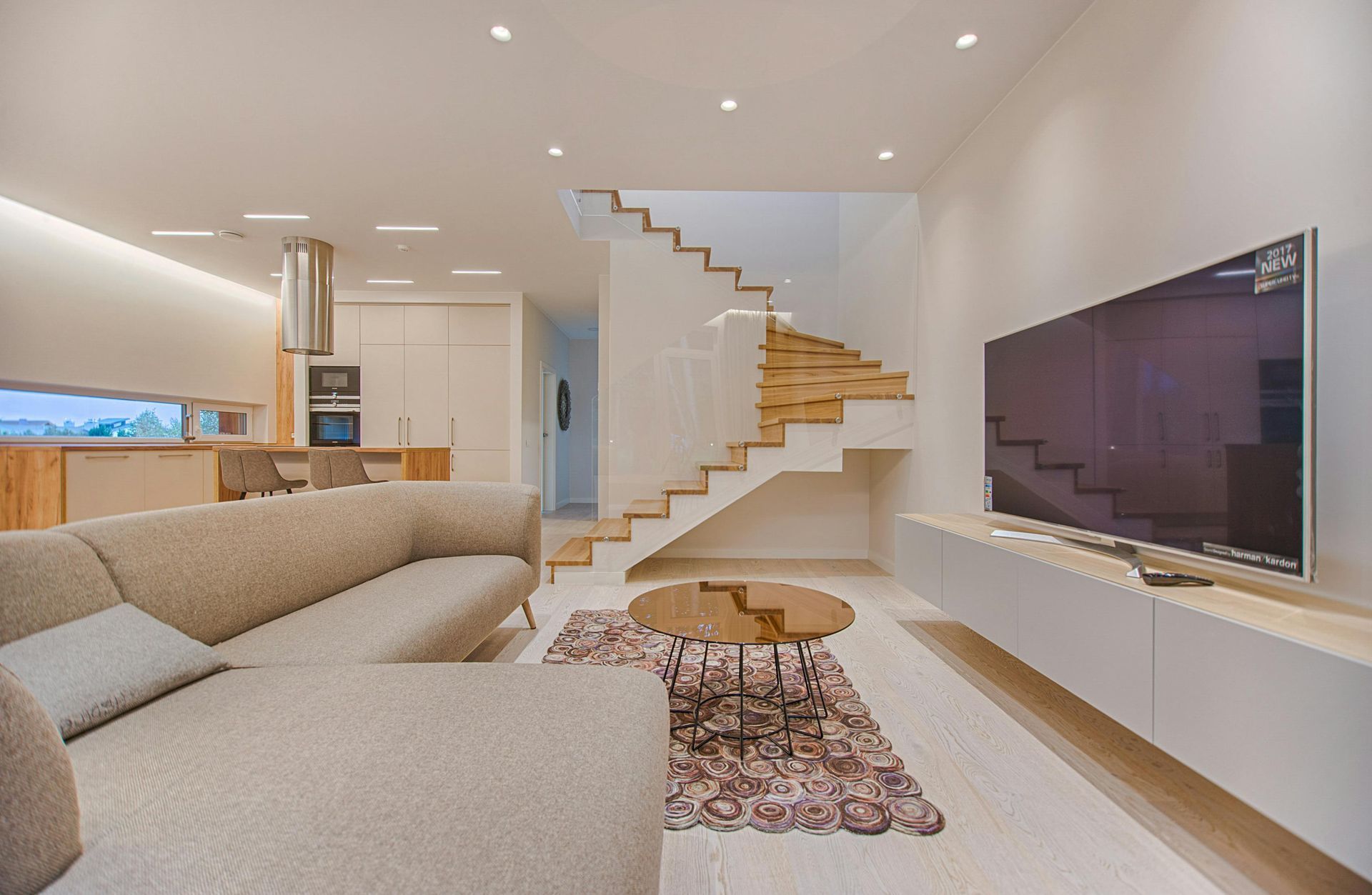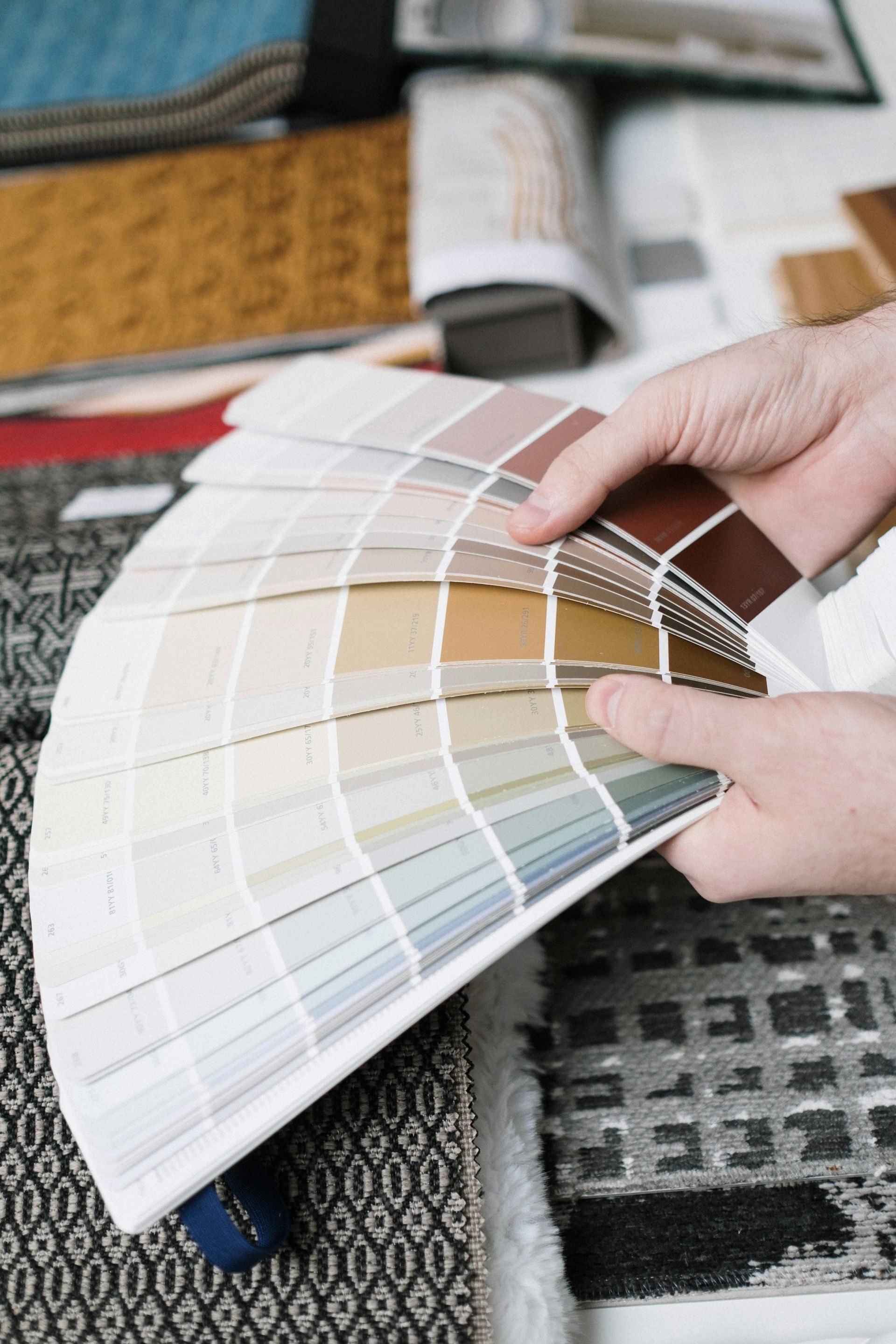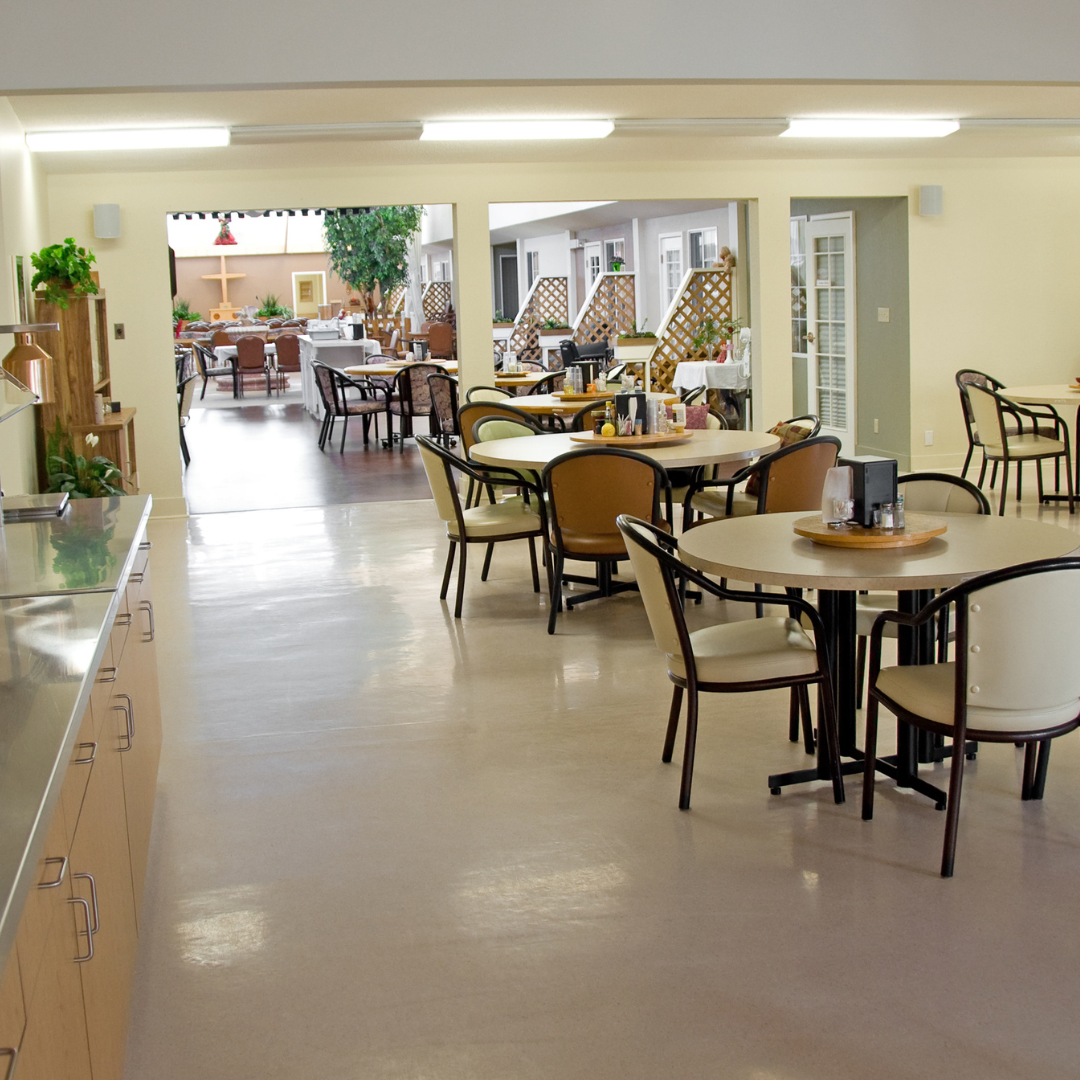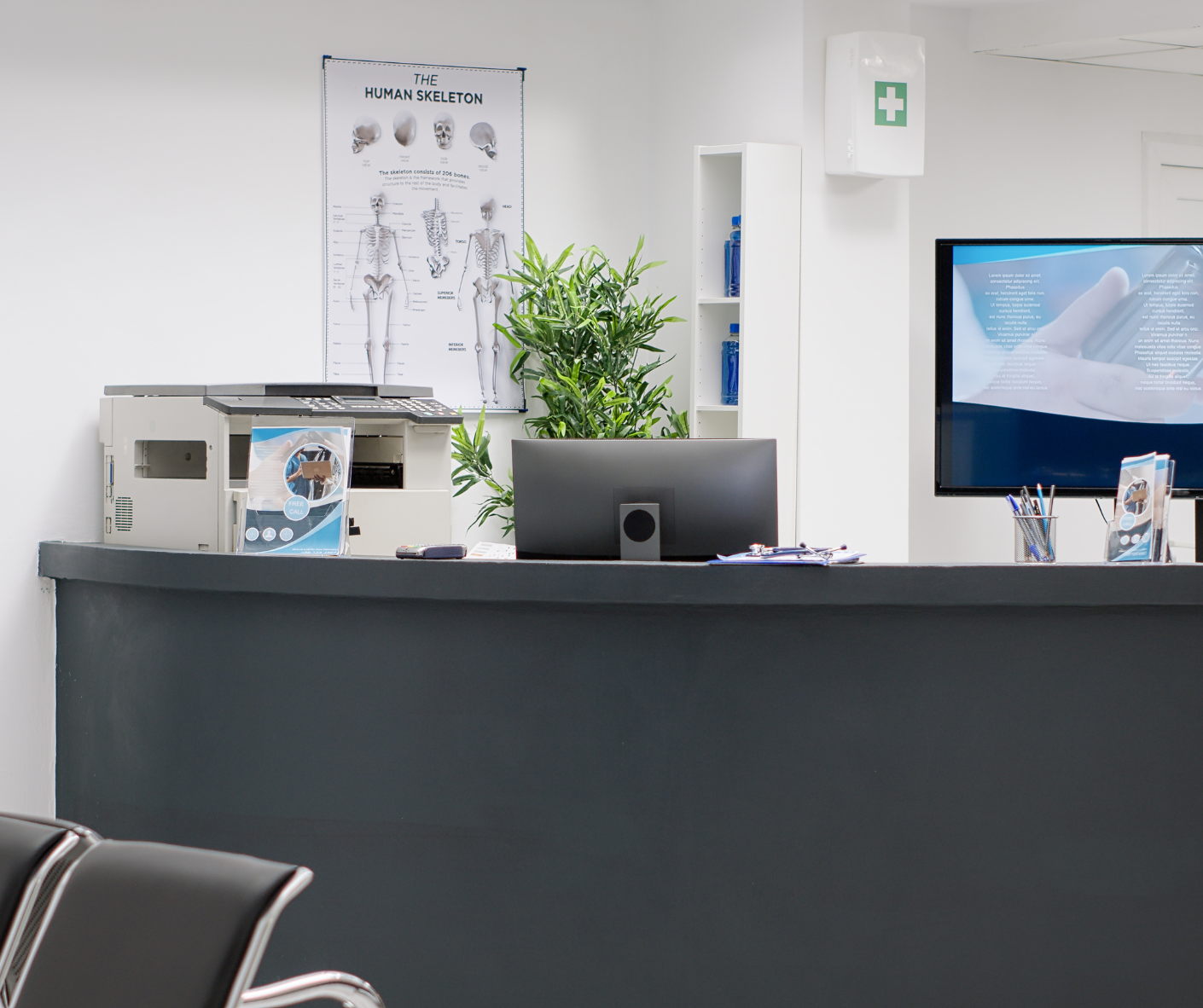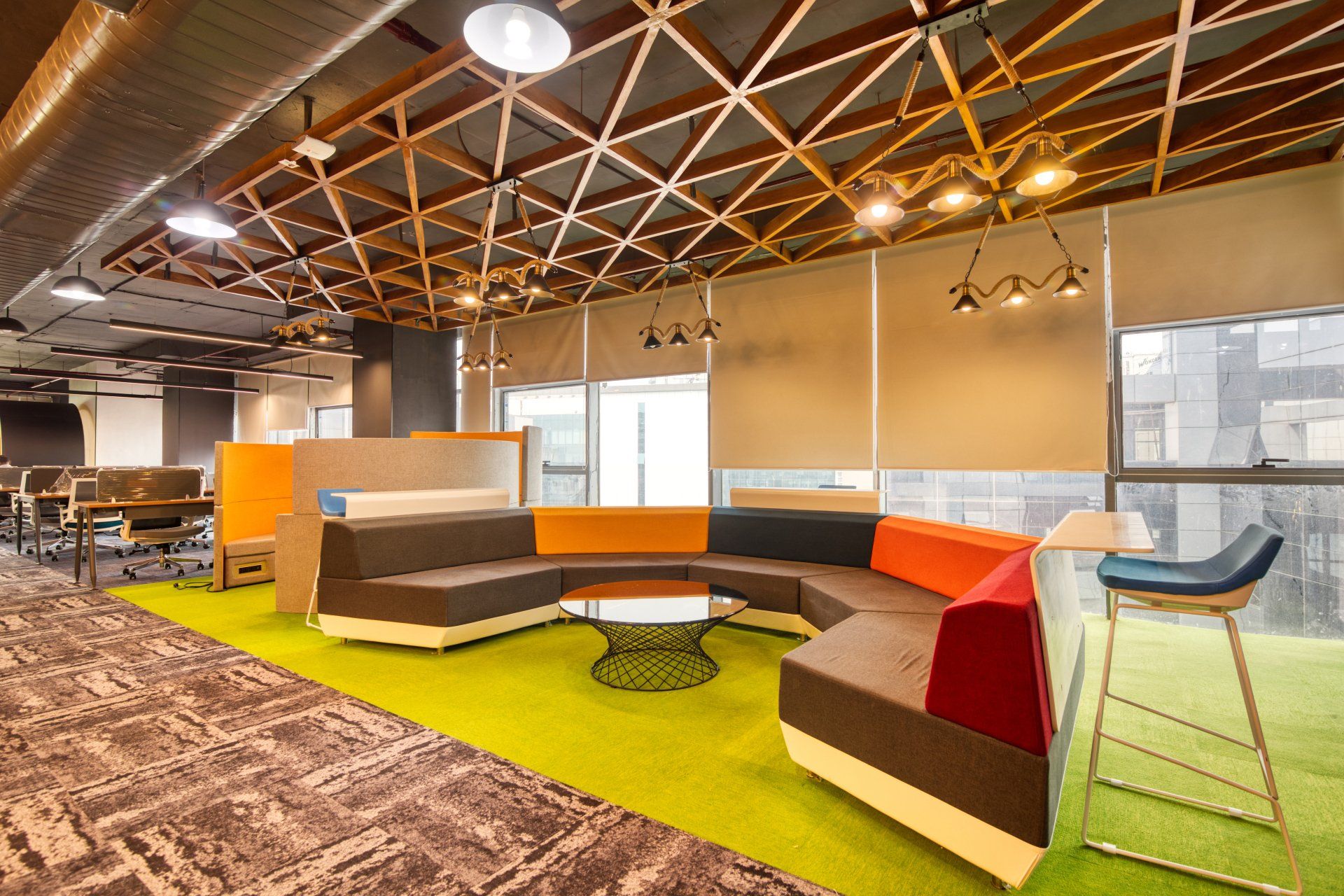Celebrating over 30 years
Reducing Disruptions: Tips for Interior Painting in Healthcare Facilities
Interior painting… It's not always convenient but it has to be done. And in places like hospitals, clinics, or doctor’s offices, the complexities only increase.
That's why we thought an informative article was in order. Not just to help healthcare facilities plan well, but also to give some tips on how to go about an interior paint job in the least disruptive manner. Everybody likes the sound of “least disruptive,” right?
Why Careful Planning is Essential
The first step to a successful painting project in a healthcare setting is thorough planning. Key word: "thorough." Healthcare facilities are not like other commercial buildings.
- They must remain operational throughout the painting process.
- There can be many unpredictable situations.
- There are strict sanitation requirements.
- Patients must remain comfortable and protected from pollutants.
So, how does this affect the painting plans? Good question!
- Coordinate with Painters and Facility Schedules: Aligning the painting work with the facility's schedule is key. If you are hiring a company, make sure to inform them when you want (and don't want) the painting done. Speaking of which, when is a good time? This may be different for different facilities, but generally planning to have the work done around lower-traffic times—such as evenings, weekends, or holidays—will reduce interruptions. For critical areas like patient rooms, surgical suites, or intensive care units, work closely with facility managers to identify the best times for painting.
- Communicate with Staff and Patients: Clear communication is also vital for managing expectations. Informing other staff about the timeline and areas being painted can help them prepare patients and adjust their routines as needed. And don't forget the power of a sign! Signs near work areas can notify patients and visitors of temporary changes in access.
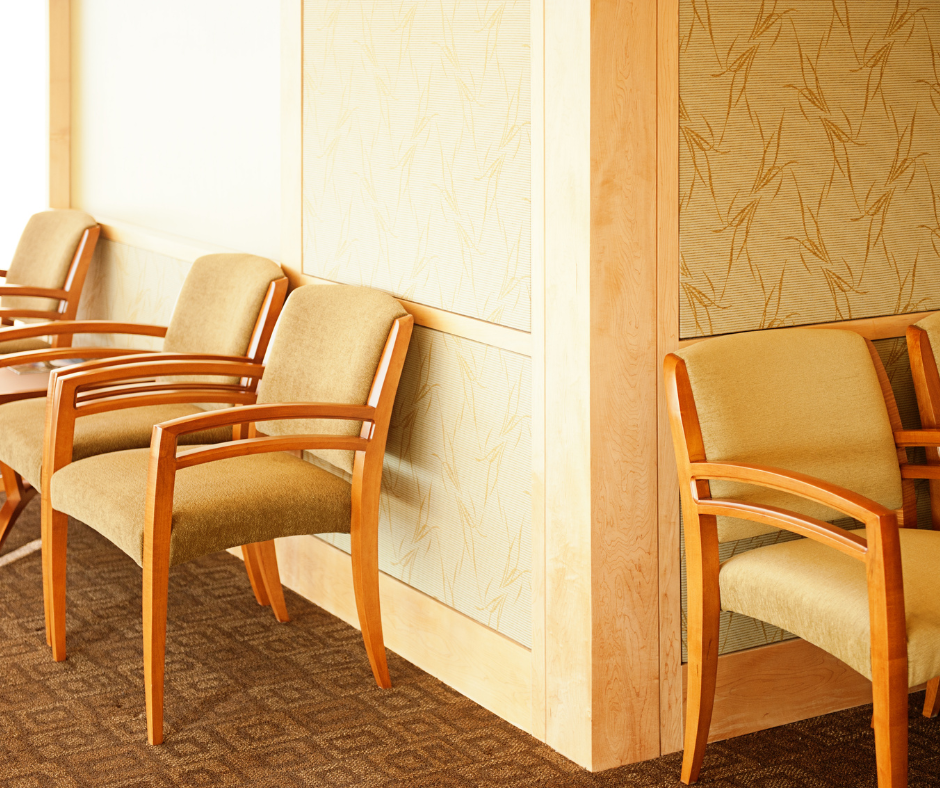
4 Tips for Reducing Disruptions
1. Use of Low-VOC or Zero-VOC Paints:
Choosing low or zero-VOC (volatile organic compound) paints can make a substantial difference. These paints emit fewer odors and harmful chemicals, making them safer for patients with sensitivities or respiratory issues. This simple choice helps maintain a healthier indoor environment for everyone in the facility.
2. Selecting Quiet, Efficient Tools:
Noise can be particularly distressing in healthcare settings. Using tools that operate quietly and choosing techniques that limit noise can keep disturbances to a minimum. Also, planning to complete loud tasks during off-hours can reduce the impact on patients who may be resting.
3. Scheduling in Phases:
Painting in phases is another good way to prevent an entire area from being disrupted at once. For example, if painting a wing of patient rooms, consider completing a few rooms at a time rather than closing off the entire wing. This phased approach allows the facility to remain fully functional while still accomplishing the painting goals.
4. Temporary Barriers and Signs:
Setting up temporary barriers around the work area keeps the painting contained and clearly signals the ongoing maintenance to staff, patients, and visitors. Barriers help control dust and other particles, which is especially important in sterile or high-sensitivity areas. Signage can also provide clear directions on how to navigate around the work zones safely.
Being Health-Conscious: The Most Important Consideration
While maintaining a low-disruption workflow is essential, keeping the environment health-conscious during painting is equally important when it comes to healthcare facilities. After all, “heath” is in the name!
- Maintaining Air Quality During Painting: Air quality is a top priority in healthcare settings. Using fans, ventilators, or portable air purifiers helps to disperse any lingering fumes and improve ventilation in the work area. In sensitive areas, such as recovery rooms, investing in additional air-purifying systems can also help to minimize risks.
- Proper Cleanup and Disposal: Thorough cleanup is vital to prevent cross-contamination and uphold health standards. Painters should ensure all materials are cleaned and disposed of according to facility guidelines, and care should be taken to avoid leaving behind any lingering dust or paint residue. If you are hiring painters, make sure to establish this expectation upfront and that they will meet this standard.
What's the Takeaway?
Every health care facility will have to be painted or repainted at some point. And when it does, it should be done right. With a little forethought, and good communication with staff and painters, the process can be a simple and easy one!
Looking to REALLY make the painting process seamless? Fitzpatrick Painting & Construction is here to help! At Fitzpatrick, we work closely with our
commercial customers to ensure everything is done properly and in the order they need. Every facility has its unique factors, but there are none that Fitzpatrick Painting can’t handle!
Frequently Asked Questions (FAQs)
Q: What types of paint are safest for healthcare facilities?
A: Low-VOC or zero-VOC paints are ideal for healthcare facilities as they emit fewer fumes and odors, reducing the risk of respiratory discomfort for patients and staff.
Q: How long should we wait to re-enter a freshly painted room?
A: For low-VOC paints, a 24-48 hour waiting period is generally advised before re-entry, depending on ventilation and air quality. This waiting period ensures that residual fumes have dissipated.
Q: What steps can be taken to manage odors during the painting process?
A: Odor management can be improved with proper ventilation, air purifiers, and, in some cases, odor-neutralizing products. Keeping windows open, if possible, and using fans can also help reduce odors.
Q: Are there specific times of the year that are better for painting in healthcare settings?
A: Spring and fall can be ideal for interior painting due to milder weather, allowing for better ventilation. However, the facility’s schedule and occupancy levels should also guide the timing to ensure minimal disruption.

FITZPATRICK PAINTING & CONSTRUCTION
IS CELEBRATING OVER 30 YEARS IN BUSINESS!
By using our website, you consent to our Cookie Policy, Privacy Policy, and Terms Of Service / Use.
All content Copyright © 2025 Fitzpatrick Painting & Construction Inc. Website by smallbee.com



